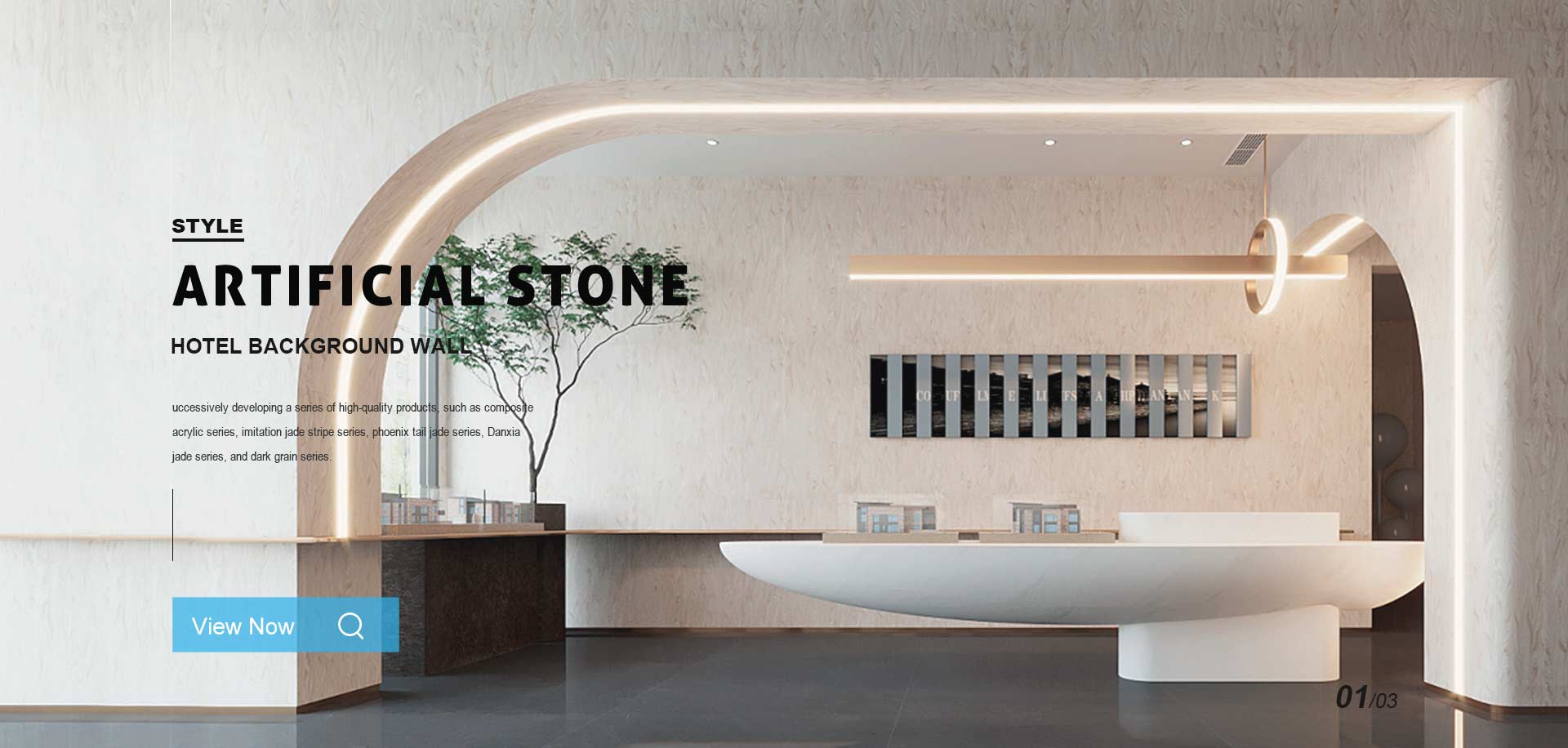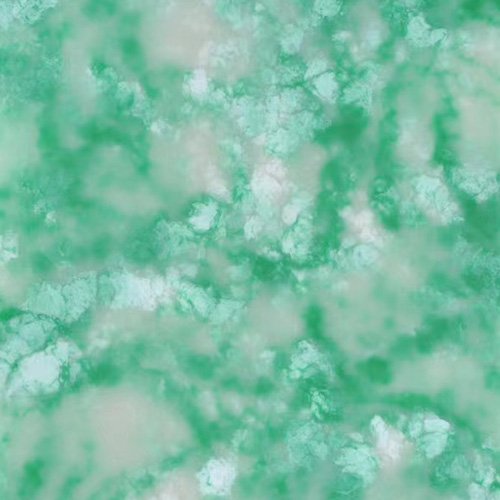
In the realm of interior design and architectural innovation, Artificial Translucent Stone panels have emerged as a revolutionary material, redefining the aesthetics and functionality of spaces. These panels, a blend of modern technology and traditional stonecraft, offer a unique blend of durability, elegance, and versatility, making them a popular choice for a wide range of applications.

Materials and Manufacturing Process
Artificial translucent stone panels are typically made from a combination of high-quality resins, pigments, and fillers, which are carefully mixed and poured into molds to create the desired shape and texture. The manufacturing process involves precision engineering and meticulous attention to detail, ensuring that each panel meets the highest standards of quality.The resins used in the manufacturing process are selected for their strength, durability, and translucency. Pigments are added to achieve the desired color and hue, while fillers enhance the structural integrity of the panels. The mixture is then poured into molds, which are often designed to replicate the natural texture and grain of stone, creating a visually arresting effect.After the initial pouring and curing phase, the panels undergo a series of finishing processes, including polishing and sealing, to enhance their durability and appearance. The result is a material that not only looks like natural stone but also surpasses it in terms of resistance to moisture, staining, and wear.
Design and Aesthetic Appeal
The beauty of artificial translucent stone panels lies in their ability to transform spaces with their unique visual qualities. Their translucency allows light to pass through, creating a soft, diffused glow that adds warmth and depth to interiors. This property also makes them ideal for use in backlighting systems, where they can create dramatic and eye-catching visual effects.The panels can be designed in a variety of shapes, sizes, and thicknesses, allowing for endless possibilities in terms of design and application. Whether used as wall cladding, partitions, or even furniture surfaces, they bring a sense of elegance and sophistication to any space.Moreover, the wide range of colors and textures available allows designers to create customized solutions that seamlessly integrate with the overall design concept. From subtle neutral tones to bold, vibrant hues, artificial translucent stone panels offer a palette that can cater to any design vision.
Functional Advantages
Beyond their aesthetic appeal, artificial translucent stone panels also offer a number of functional advantages. Their durability and resistance to moisture and staining make them ideal for use in high-traffic areas or spaces that are exposed to water, such as bathrooms and kitchens.The material's translucency can also be harnessed to create unique lighting effects that enhance the functionality of a space. For instance, in commercial settings, backlighting with artificial translucent stone panels can highlight displays or draw attention to specific areas, improving the customer experience.The panels are relatively lightweight compared to natural stone, making them easier to install and transport. This not only reduces the overall cost of installation but also allows for greater flexibility in terms of design and layout.
Environmental Impact
In today's era of increasing environmental consciousness, the sustainability of building materials is a crucial consideration. Artificial translucent stone panels offer a viable alternative to traditional natural stone, which is often sourced from environmentally sensitive areas.The manufacturing process of Artificial Stone panels involves the use of recycled materials and low-emission techniques, reducing the overall carbon footprint. Furthermore, the panels are designed to last for years with minimal maintenance, reducing the need for frequent replacements and disposal.However, it's important to note that the sustainability of Artificial Stone panels depends on the specific manufacturing processes and materials used. Consumers and designers should ensure that they source their panels from companies that prioritize environmental sustainability and adhere to responsible manufacturing practices.
Artificial translucent stone panels are a testament to the power of innovation in the field of interior design and architecture. Their unique visual qualities, combined with their functional advantages and environmental sustainability, make them a highly desirable material for a wide range of applications.As technology continues to evolve, it is likely that we will see even more advancements in the design and functionality of Artificial Stone Panels. Future iterations may include enhanced durability, new textures and colors, and even integrated smart features.For designers and architects, the opportunities presented by artificial translucent stone panels are vast and exciting. By harnessing their unique properties, they can create spaces that are not only beautiful but also functional, sustainable, and responsive to the needs of their occupants.